Using lipid nanoparticle delivery of mRNAs to the liver in aged mice, T cell function and declining immune cues can be restored.
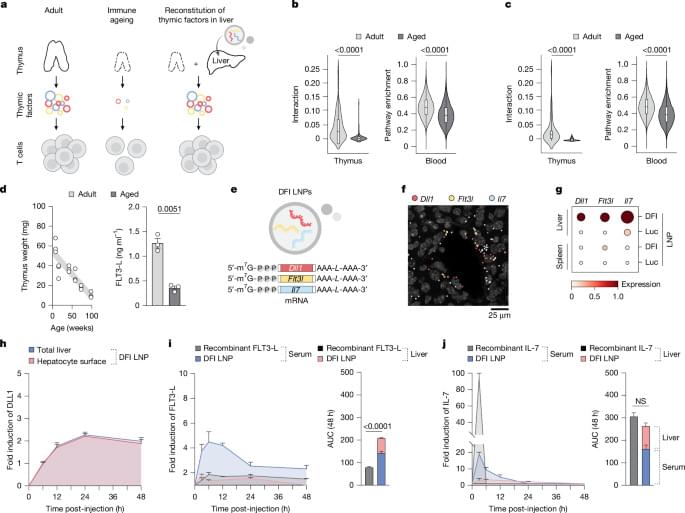

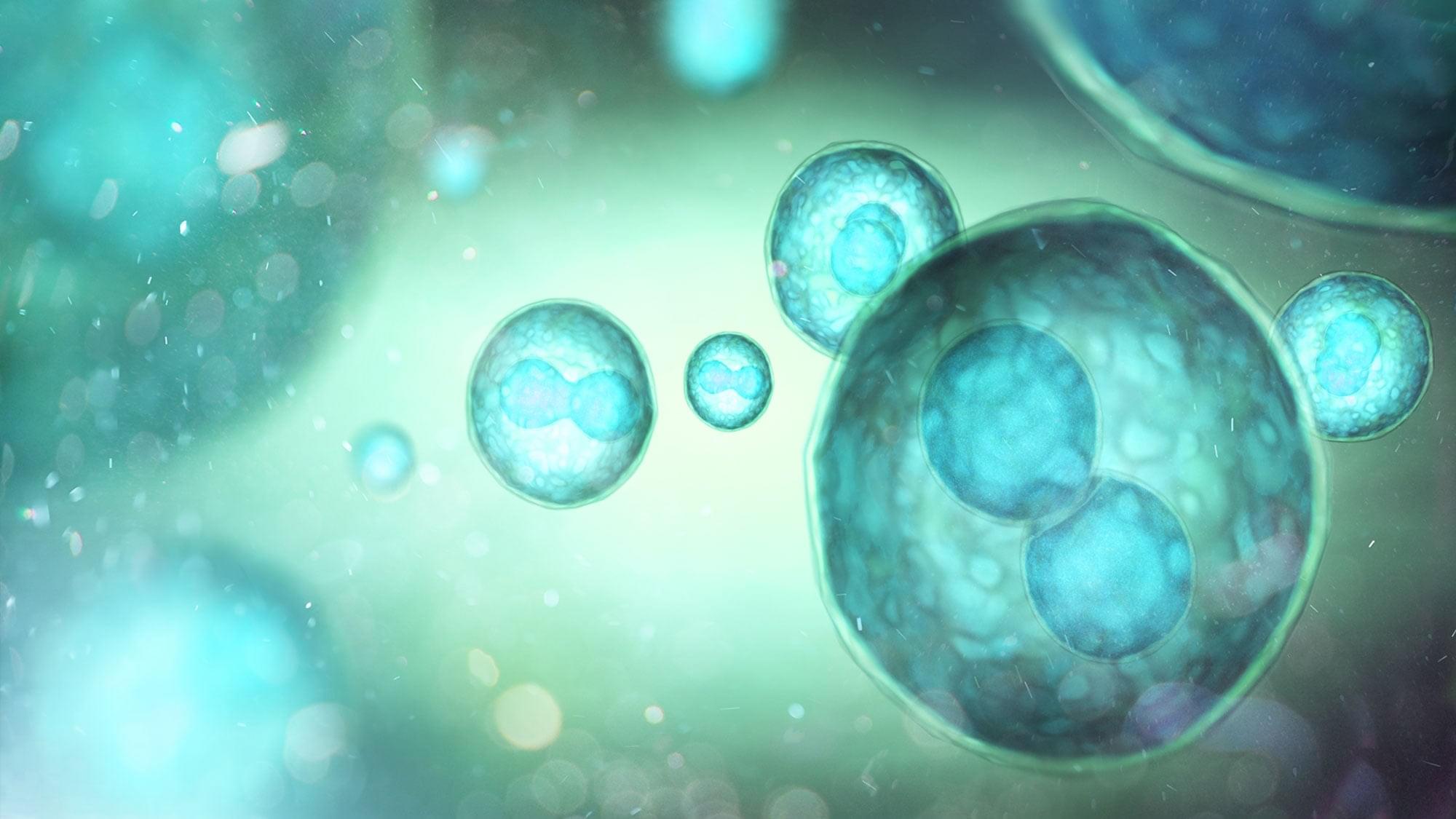
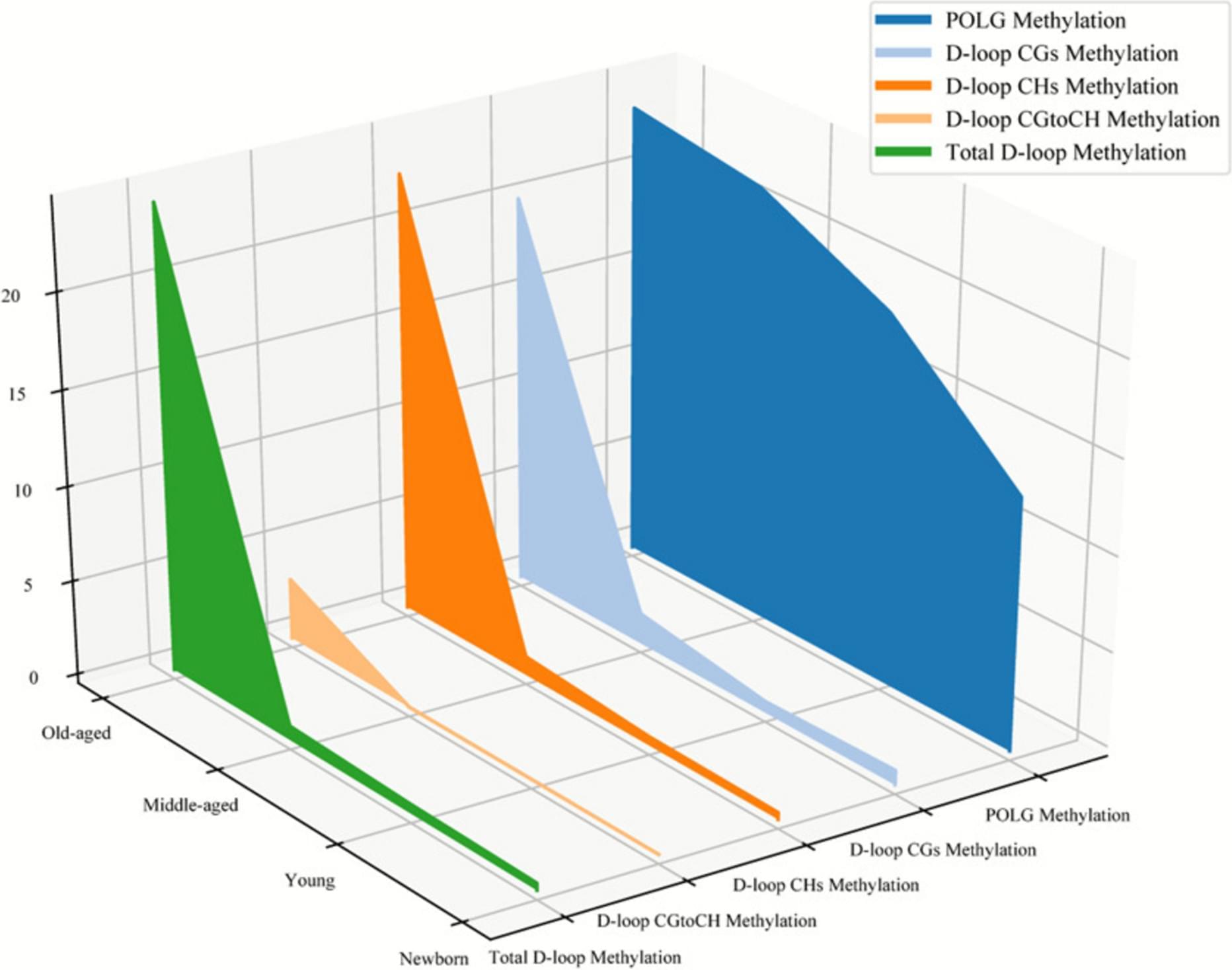
Growing evidence shows that epigenetic modification and mitochondrial dysfunction are hallmarks of aging and are associated with the development of a wide range of age-related diseases. Mitochondrial biogenesis, which is marked by mitochondrial DNA copy number (mtDNAcn), is one of the major regulations of mitochondrial function by a set of transacting elements, including mitochondrial DNA polymerase gamma (POLG), working on the mtDNA control region. In this study, we investigated the mtDNAcn and the methylation status at both mtDNA control and POLGA promoter regions in human blood cells from individuals with a wide range of ages. A total of 119 blood samples were collected, including 24 umbilical cord blood samples from newborns and 95 peripheral blood samples from individuals aged 18 to 96 years.

Isting gap in neuromorphic engineering by mimicking biological neuron dynamics and realizing effective clinical applications to promote functional recovery and quality of life enhancement in patients with brain injury. The novel neuromorphic engineering approaches leverage the dynamic behavior of brain neurons, incorporating electronic circuits that emulate neuronal dynamics. A basic configuration involves a neural model designed to mimic the dynamics of a living neuron, with the potential to replace damaged brain tissue when implanted, thus restoring signal propagation. An enhanced configuration integrates a closed-loop system, wherein the feedback signal from biological neurons synchronizes the artificial neuron with its living counterpart, allowing continuous self-adjustment of system parameters and promoting a neuro-autogenerative regime.

Cedars-Sinai researchers created “young” immune cells from human stem cells that reversed cognitive decline and Alzheimer’s symptoms in mice. The treated animals showed better memory and healthier brain structures. The cells seemed to protect the brain indirectly, possibly through anti-aging signals in the blood. The findings suggest a new, personalized path to slowing brain aging.

The incidence and prevalence of cutaneous melanoma in the US and worldwide have increased over the last 5 decades.
Cutaneous melanoma presents as a new, changing, or irregularly pigmented skin lesion. Risk factors for cutaneous melanoma include UV radiation exposure, skin type, presence of benign and atypical nevi, and personal or family history of melanoma.
This Review summarizes current evidence regarding the epidemiology, pathophysiology, diagnosis, and treatment of cutaneous melanoma.
Improvements in melanoma mortality over the last decade are attributed to the advent of multiple effective therapies,6 including immune checkpoint blockade with anti–cytotoxic T-lymphocyte–associated protein 4 (CTLA-4) antibodies (ipilimumab), anti–programmed cell death protein 1 (PD-1) antibodies (nivolumab, pembrolizumab), and anti–lymphocyte activation gene 3 protein (LAG-3) antibodies (relatlimab), as well as oral combination targeted therapy with B-Raf protein (BRAF) and mitogen-activated extracellular signal-regulated kinase (MEK) inhibitors (eg, encorafenib + binimetinib, vemurafenib + cobimetinib, dabrafenib + trametinib).
This review summarizes current evidence regarding epidemiology and risk factors, clinical presentation, diagnosis, and management of cutaneous melanoma (Box).

Tiny biological batteries known as mitochondria keep the body’s cells running smoothly, and their gradual decline is linked to a wide range of age-related diseases. Now scientists think they have found a way to keep mitochondria powered for longer.
A protein called COX7RP is key to this discovery from researchers at the Saitama Medical University and Chiba University in Japan. The protein is thought to help mitochondria form supercomplexes, structures that improve energy efficiency.
In the new study, male mice engineered to produce extra COX7RP showed a host of differences compared with controls, including a 6.6 percent increase in average lifespan and indicators of an extended healthspan – being able to live healthier for longer.
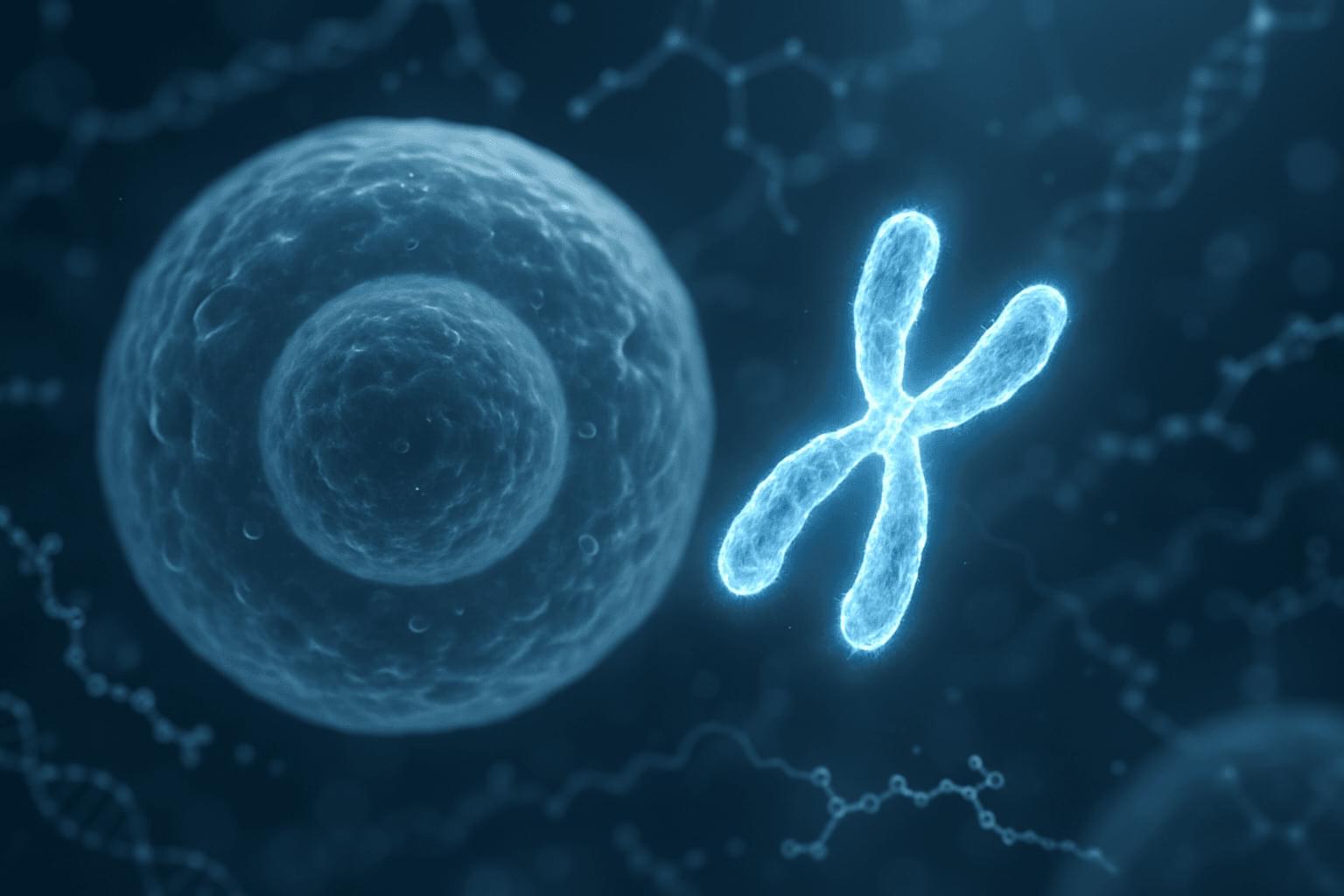
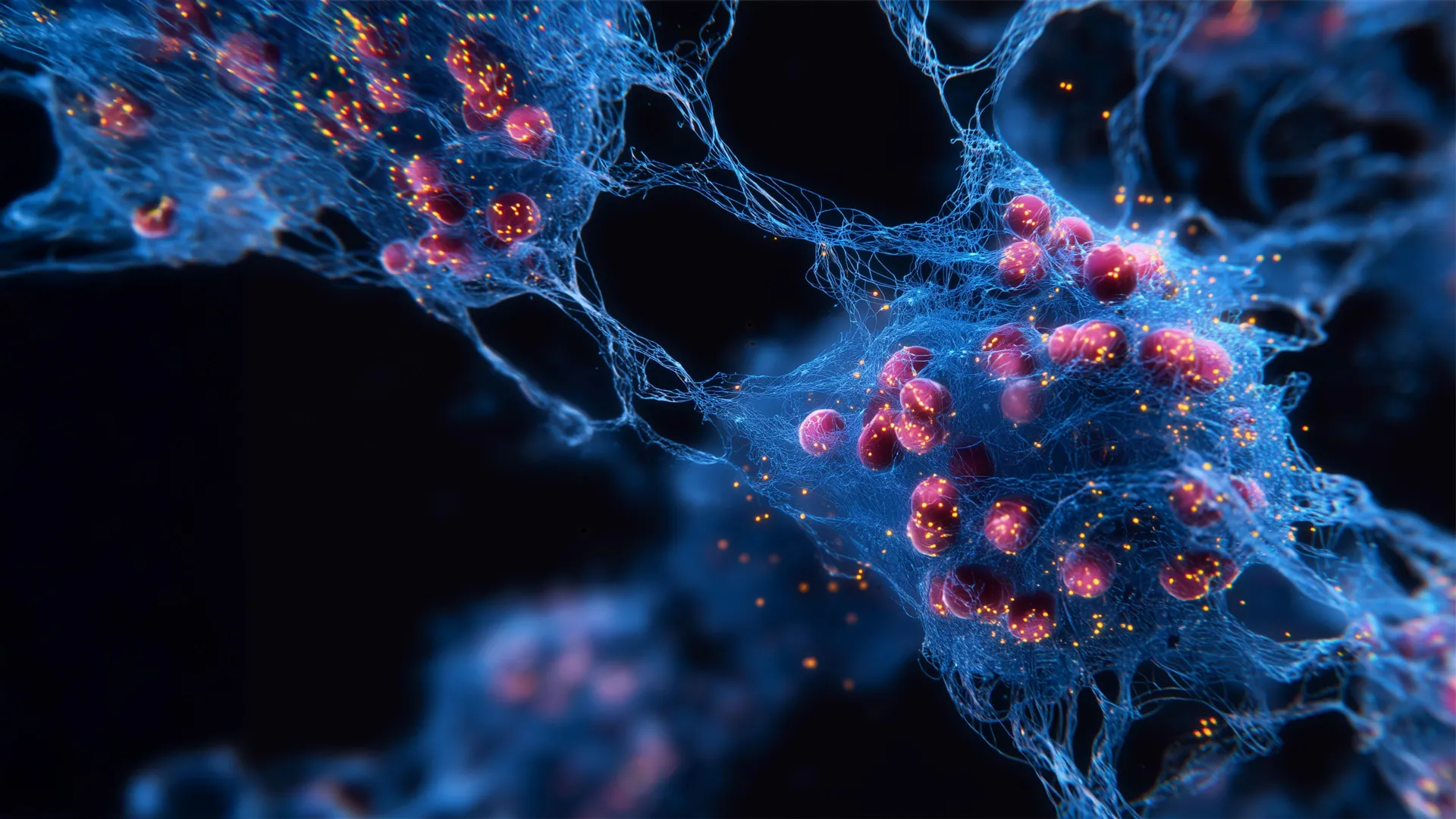
Senescent “zombie” cells are linked to aging and multiple diseases, but spotting them in living tissue has been notoriously difficult. Researchers at Mayo Clinic have now taken an inventive leap by using aptamers—tiny, shape-shifting DNA molecules—to selectively tag these elusive cells. The project began as an offbeat conversation between two graduate students and quickly evolved into a collaborative, cross-lab effort that uncovered aptamers capable of binding to unique surface proteins on senescent cells.
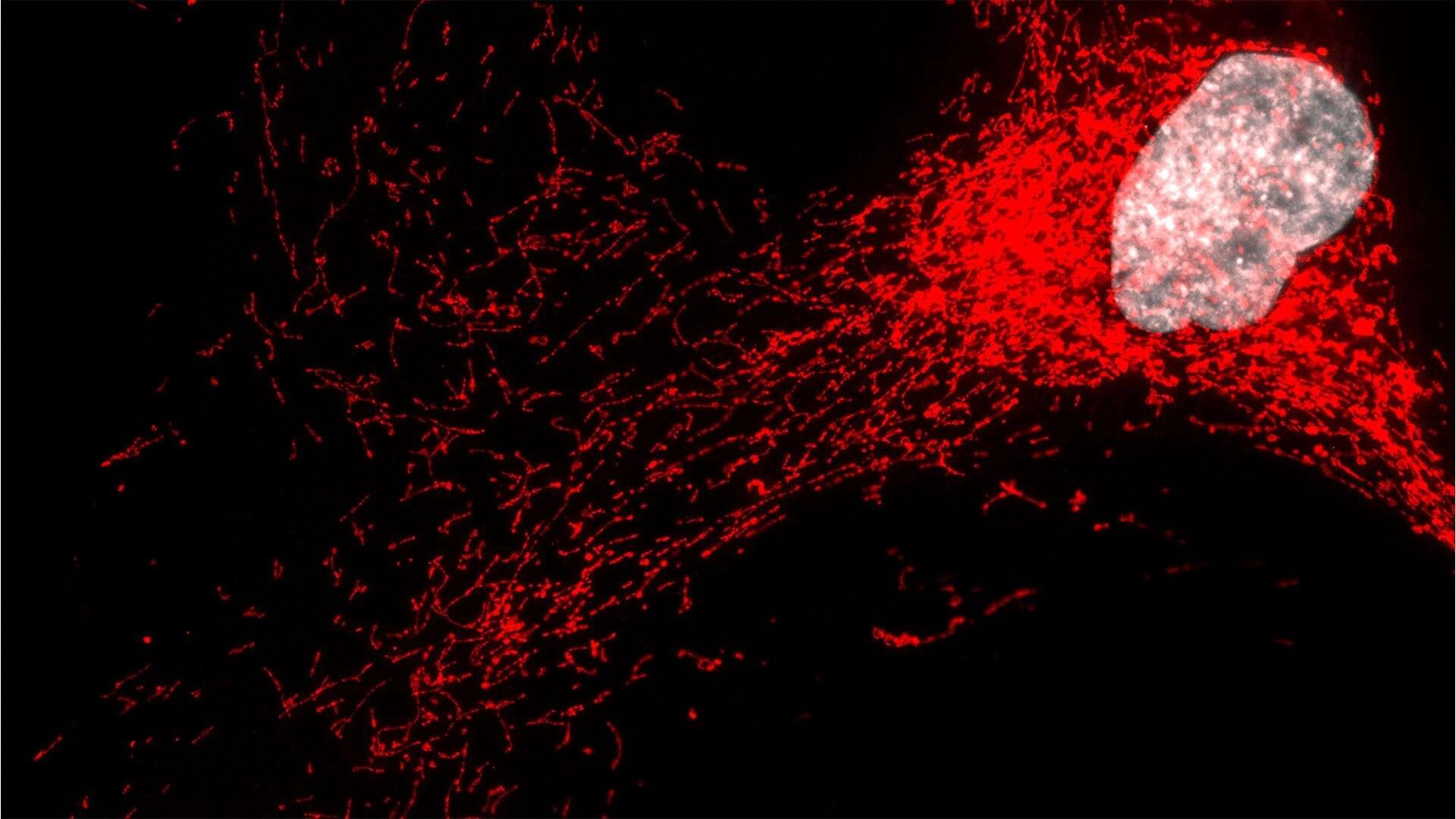
Mayo Clinic researchers have uncovered how aging “zombie cells” trigger harmful inflammation that accelerates a severe and increasingly common form of fatty liver disease called metabolic dysfunction-associated steatohepatitis (MASH). As obesity rates rise worldwide, MASH is projected to increase and is already one of the leading causes of liver transplantation.
“Liver scarring and inflammation are hallmarks of MASH. If left untreated, it can progress to liver cancer. This is why it’s so important to understand the mechanisms driving the disease so that we can prevent it or develop more effective treatments,” says Stella Victorelli, Ph.D., who is the lead author of the study published in Nature Communications.
Dr. Victorelli and colleagues, who study aged or senescent “zombie” cells, identified a mechanism by which these cells drive liver scarring and inflammation. They found that small molecules called mitochondrial RNA, typically found within the cell’s energy-producing mitochondria, can leak into the main part of the cell, where they mistakenly activate antiviral sensors called RIG-I and MDA5—normally triggered when a virus infects a cell. In this case, the danger signal comes from the cell’s own mitochondria, prompting a wave of inflammation that can damage nearby healthy tissue.